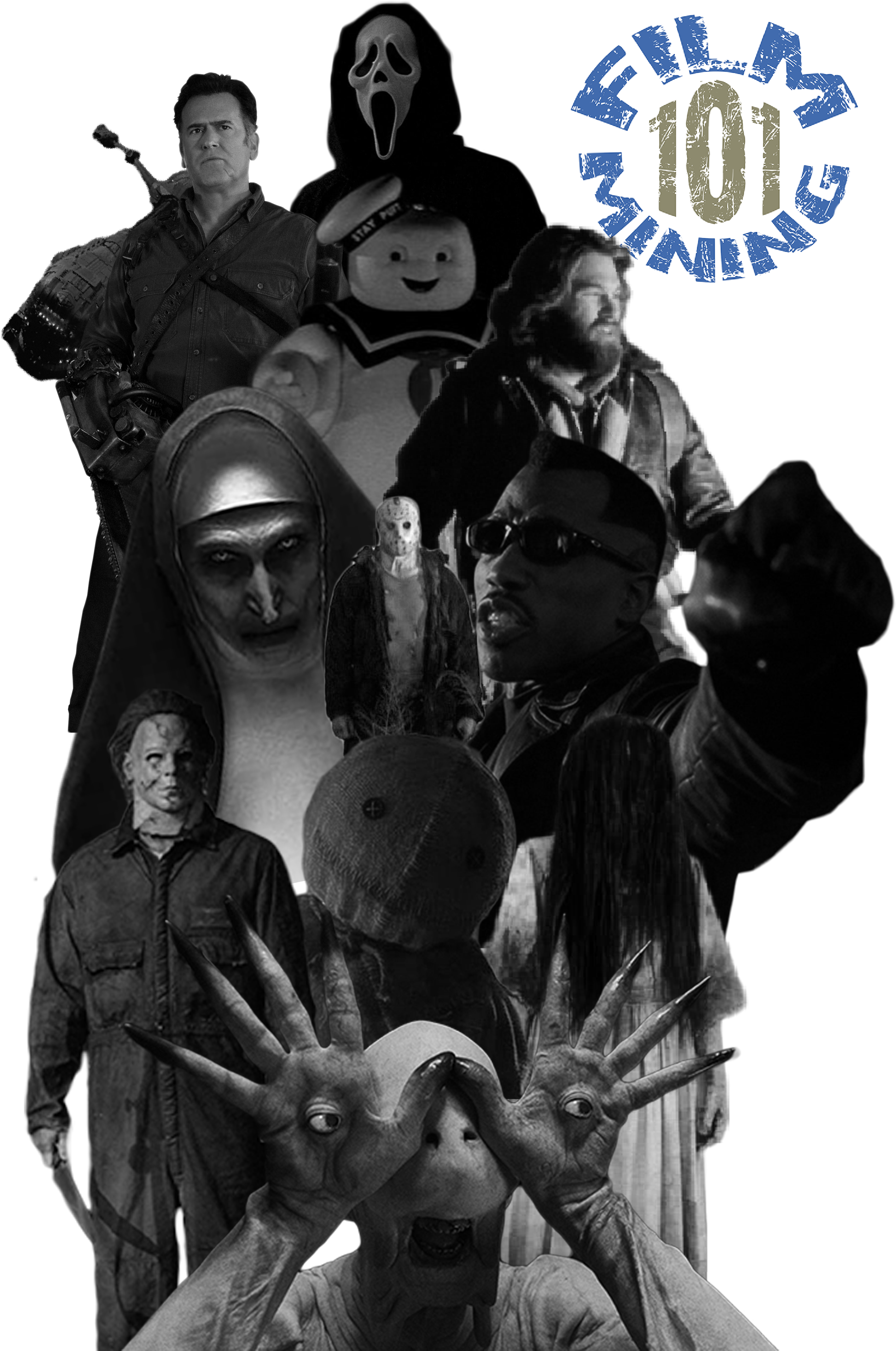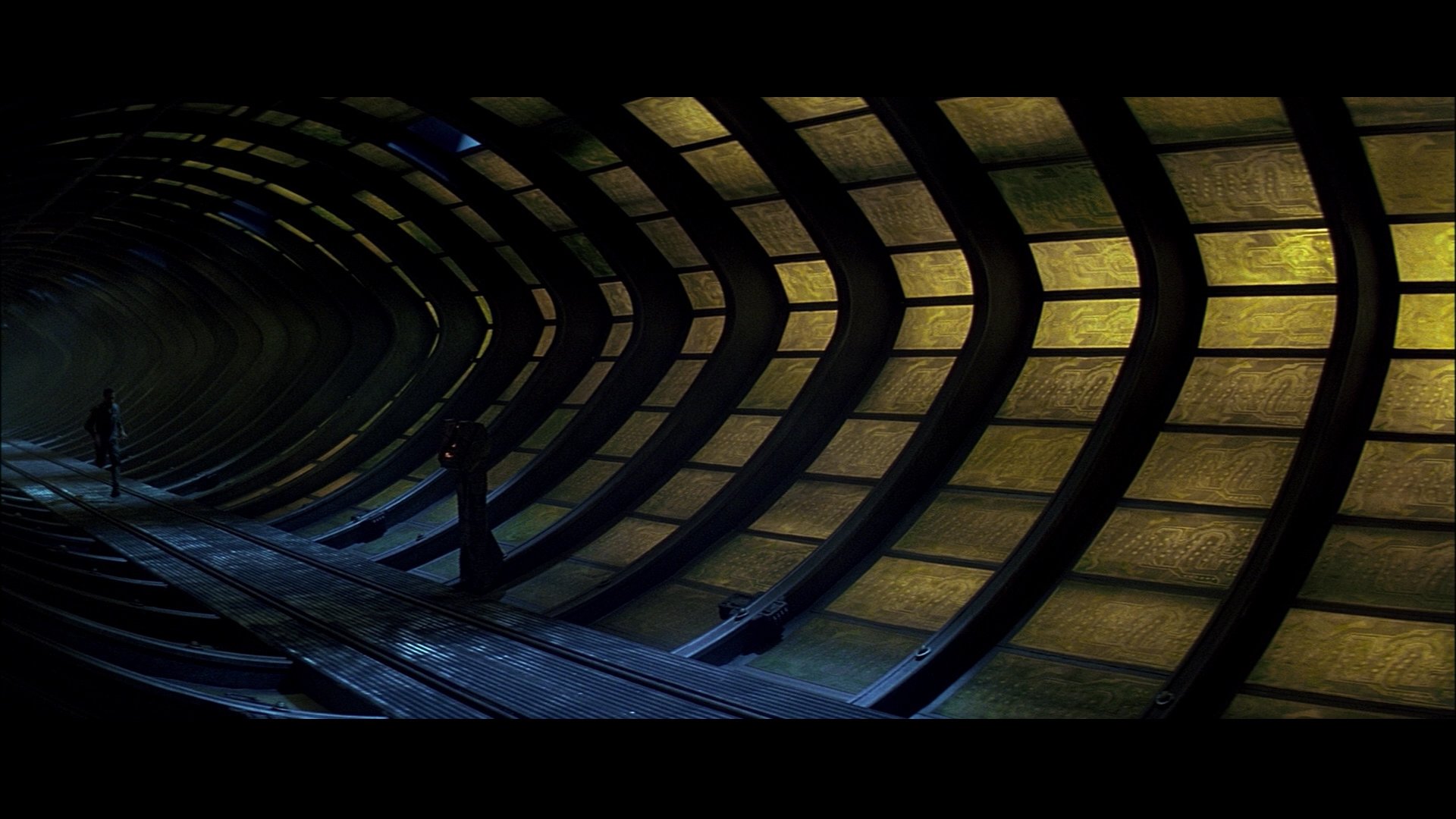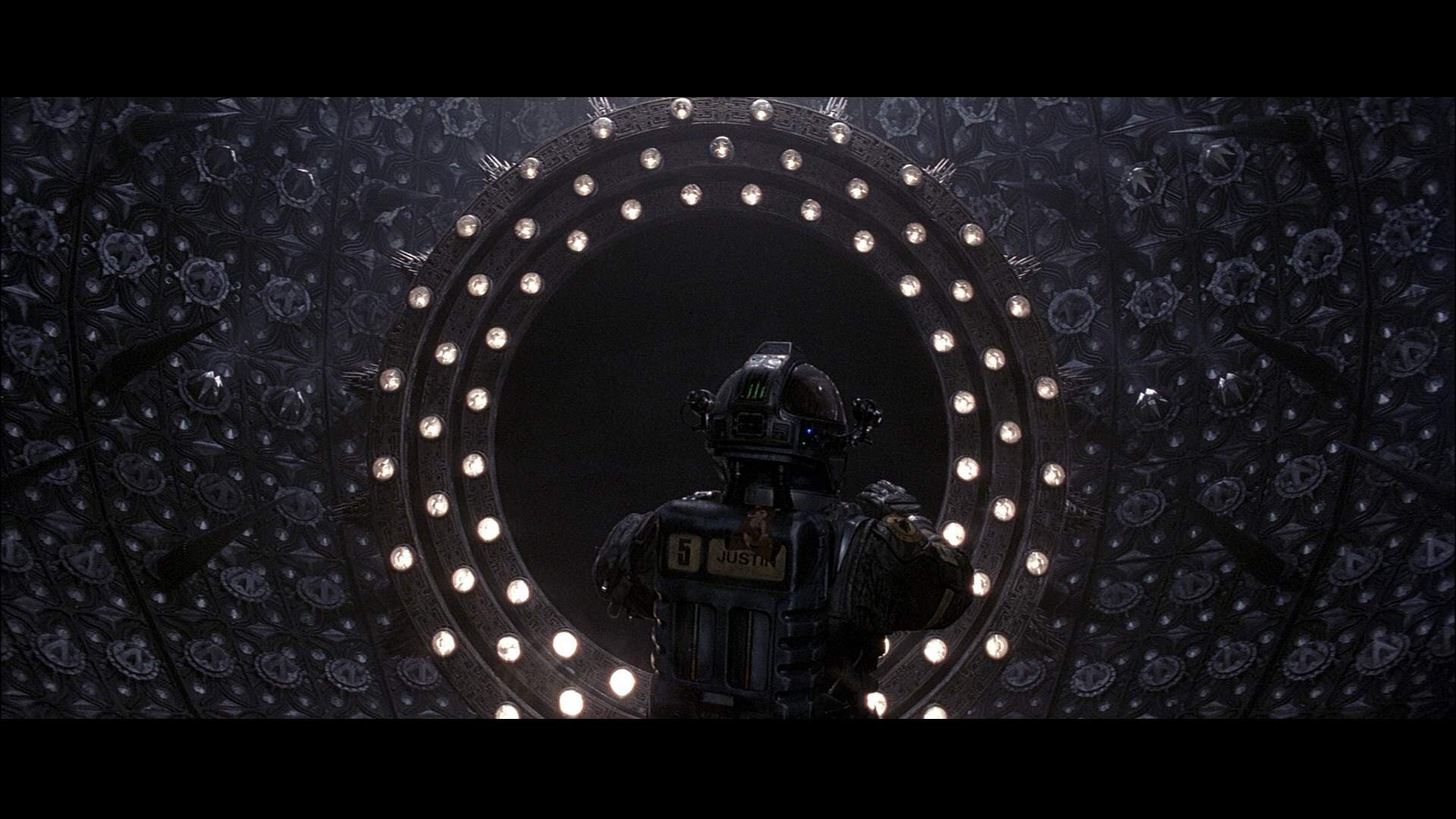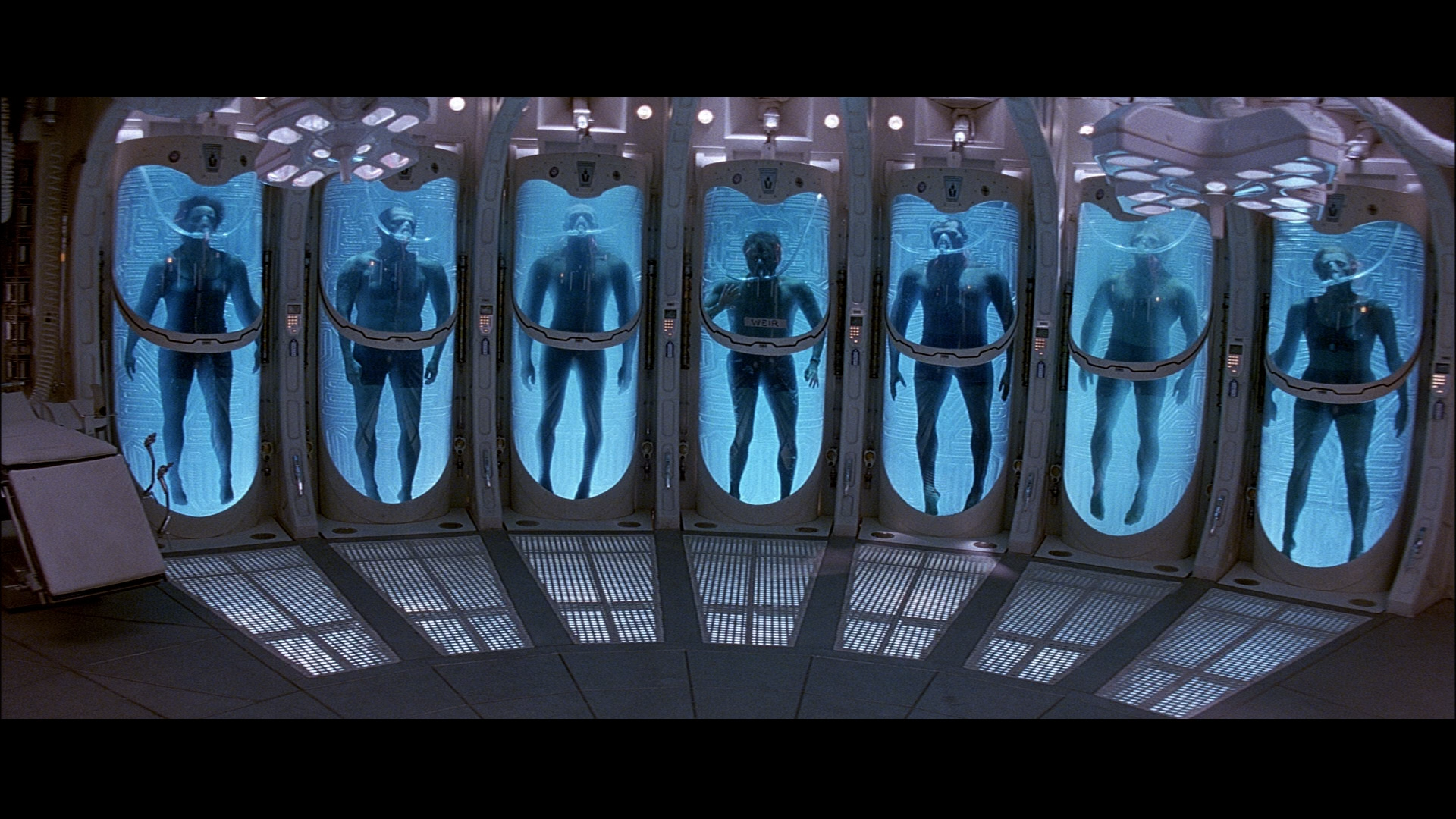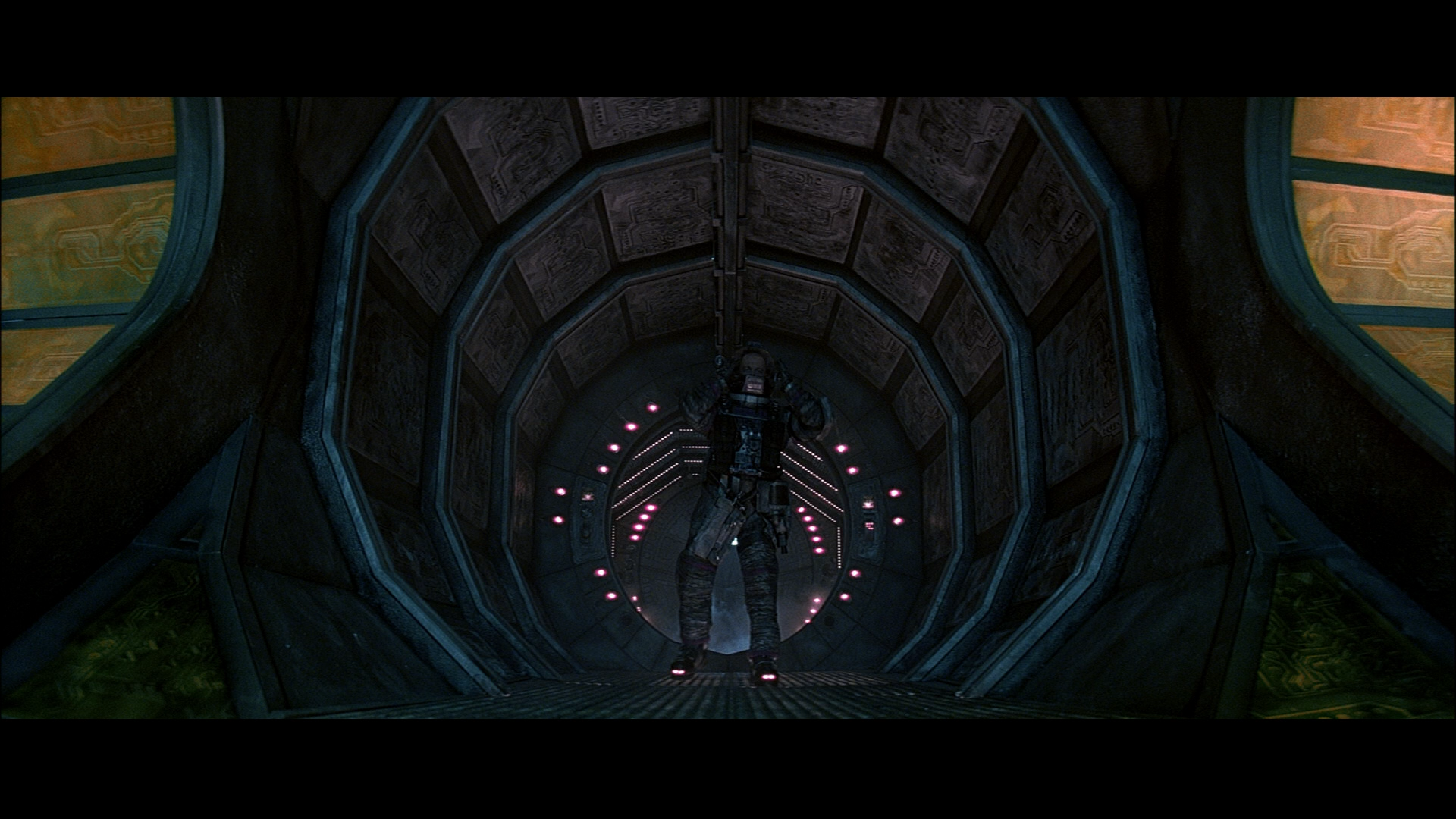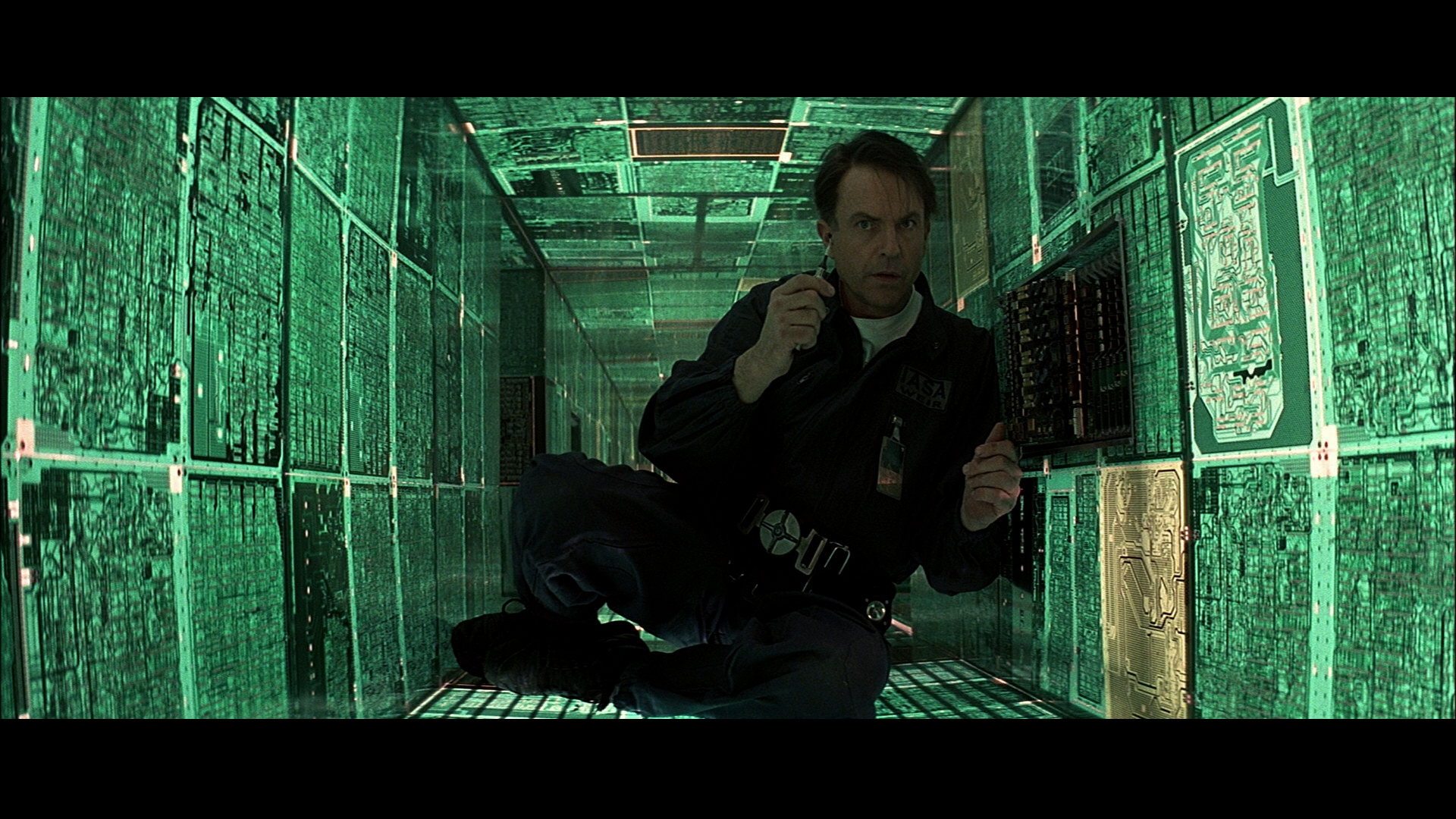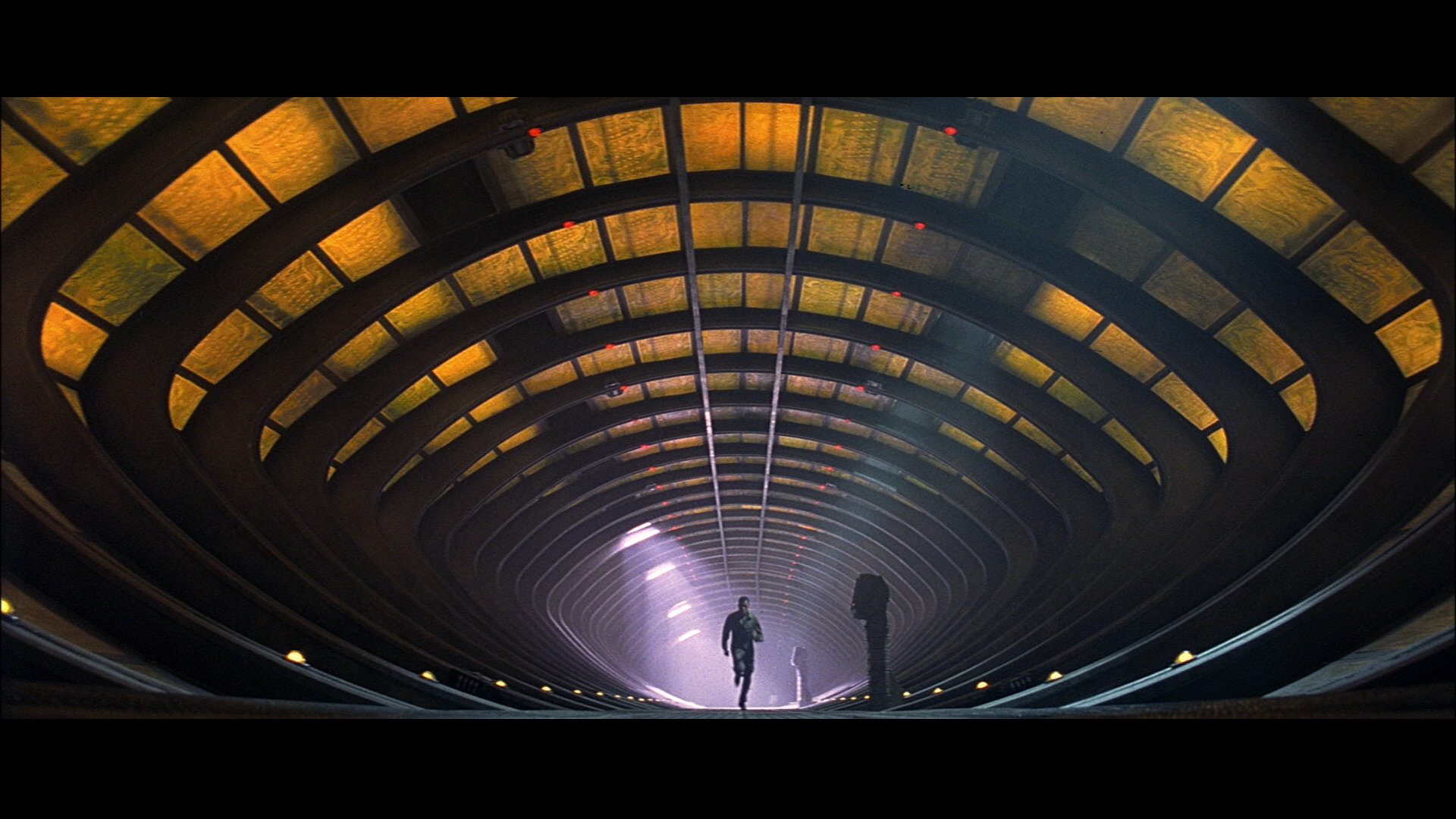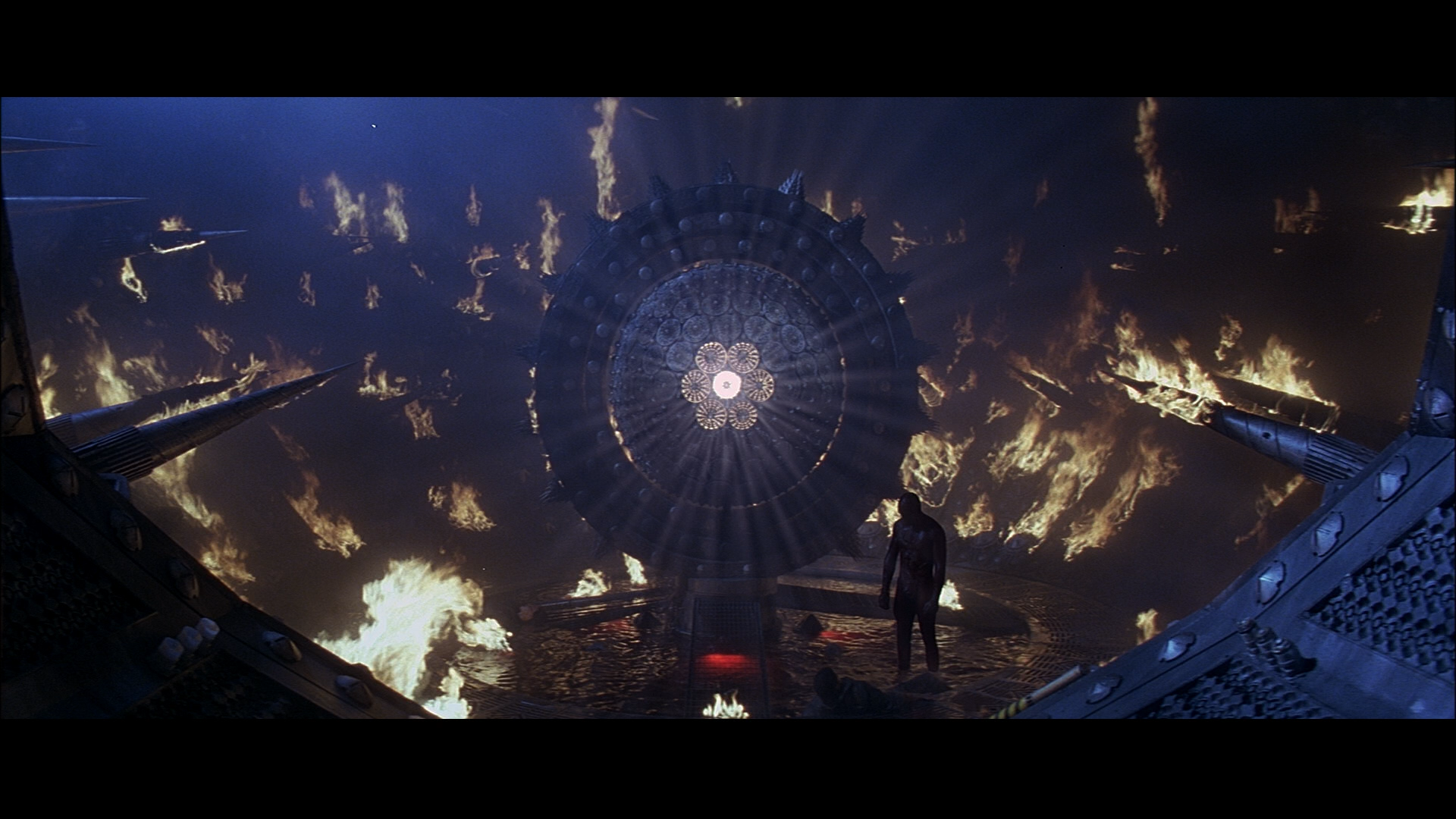Event horizon (1997)
Director: Paul WS Anderson
Starring: Laurence Fishburne, Sam Neil, Joely Richardson, Kathleen Quinlan
Primary genre: Science fiction
Secondary genre: Horror
READ ALSO
After the worldwide smashing success of the cult classic “Mortal Kombat” (1995), Paul WS Anderson was given free reign for his next project. Saying no to “X-Men” (2000) and the sequel of his own Hollywood debut (“Mortal Kombat: Annihilation“ (1997)), he eventually settled on Philip Eisner’s “Event Horizon”. Described as a mix of Kubrick’s “The Shining” (1980), Tarkovsky’s “Solaris“ (1972) and Scott’s “Alien” (1979), “Event Horizon” was blasted in 1997 for its imply but do not show approach and its strict emphasis on psychological horror. Facing steep competition from other heavy weight (and more mainstream) blockbusters, Anderson’s ambitious and bold sci-fi horror epic of $60 million dollars ($112 million adjusting for inflation) flopped hard.
“Blade Runner” (1982) and “The Thing” (1982) were called “slow” and “boring” upon their release (sacrilege!), yet a few decades later they found god like appreciation from cinephiles, scholars and movie journalists. “Event Horizon” joins this club as the best sci-fi horror flick since James Cameron's “Aliens” (1986) with a cult classic status. Anderson demonstrates a directional maturity that will remain unmatched for the rest of his career and brings to life a unique vision set in the abyss of deep space (by tapping “Aliens” cinematographer Adrian Biddle and “Blade Runner” special effects supervisor Richard Yuricich) beating veteran filmmakers in their own game.
Boasting an ominous and phenomenal design (by Joseph Bennet) for the damned vessel threatens to establish “Event Horizon” as the main protagonist who looms over the cast like an Odyssean Charybdis, the legendary monster that swallowed sailors. Based on Notre Dame and inspired heavily by Lovecraftian architecture, the film showcases something distinctive and unnerving with its spaceship in scale, scope and originality: vast oval shaped corridors, rotating “meat grinder” ceilings, spiked walls, motherboard vents and a medical room straight out of someone’s nightmares contribute to render “Event Horizon” a terrifying floating haunted house made of metal. The infamous core is synonymous with the special and enduring visual panache that is being offered here.
And yet the Brit director does not let things go to waste and capitalizes on this sinister environment; the first 2/3s contain some of the most unsettling atmosphere recorded in celluloid, Biddle’s camera lens devouring the gothic and nightmarish surroundings of desolate metallic vistas, wonderful blue lighting effects courtesy of Neptune’s atmosphere and zero gravity items (e.g., a water bottle, a picture) being a nimble source of now eradicated human existence. Lacking the MTV style of editing, Anderson has obviously been both a student and a fan of Kubrick/Scott paying homage to these greats in several shots and simultaneously exceeding them in visual flair (e.g., a rotating space station shot would make Kubrick explode) and set up.
Unlike most genre entries, Eisner’s script includes capable characters who act and behave like real pros under stress inducing situations making the inevitable and upcoming conflict with the ship all the more emotionally investing. The cast is playing it straight too: Laurence Fishburne is excellent as the stoic and hardcore Captain Miller and Sam Neil brings an interesting spin to his role as the leading scientist behind the creation of “Event Horizon”’. The rest have distinct personalities (or at least traits) and when the (butchered by exes) theatrical cut allows them to have, moments of personal growth. Although the now lost original version could restore the story into a more cohesive vision, “Event Horizon” still manages to register in the audience’s memory by featuring individuals worth rooting for.
Without missing its fair share of nicely crafted gasp moments, there is no cheap nudity and music crescendos to generate suspense. This quieter approach places this deep space research vessel as a nightmare arena full of terrors ready to be unleased on unsuspected passengers, slowly and effectively complemented by an exceptional sound design. While it works initially, the last love-it-or-hate-it act gears up towards a blood soaked finale packed with potent and grotesque imagery straight out of a Hieronymus Bosch painting, perhaps the closest thing you will get for a realistic if you will, cinematic adaptation of “Hell”. The infrequently use of such imagery makes “Event Horizon” an expensive and bold experiment in the art of terror that nobody to this day, has managed to take a similar gamble.
Paul WS Anderson’s by far best movie boasts fantastic direction, great scares and a unique, unparalleled visual aesthetic. Initially rejected by audiences and critics, its enduring influence (e.g., the “Dead Space” game series, Danny Boyle’s “Sunshine“ (2007)) and appeal is undeniable reinforcing the notion that time is the most reliable critic. Despite a sentiment of missing material throughout the running time which visible affects character development and its surrealistic horror aspects, “Event Horizon” abides nonetheless a highly effective sci-fi horror film full of unforgettable pictures.
Best sci-fi horror since “Aliens”
+Phenomenal production design
+Realistic horror approach
+Anderson’s Kubrick inspired direction
+Great jump scares
+Phenomenal Lovecraftian atmosphere
+Cast worth rooting for
+Potent and unforgettable imagery
-Last act shifts gears for better (or worse)
-Feels like things are missing (they are)


